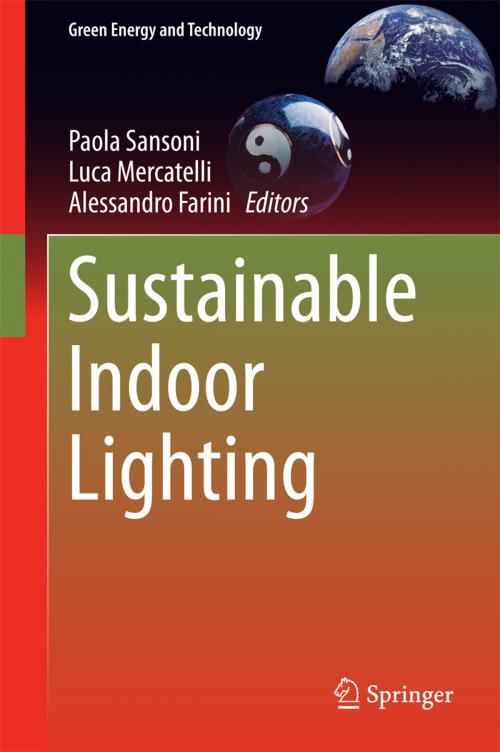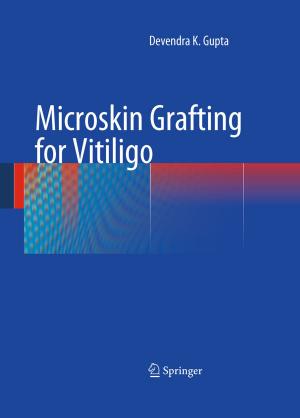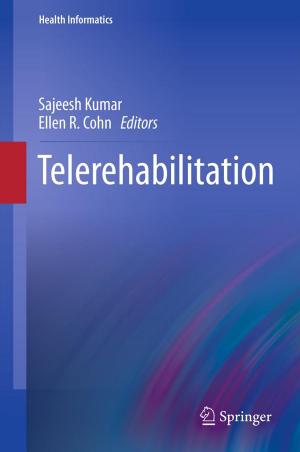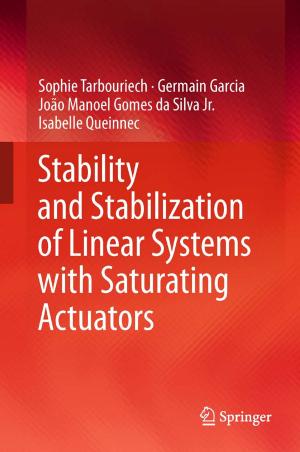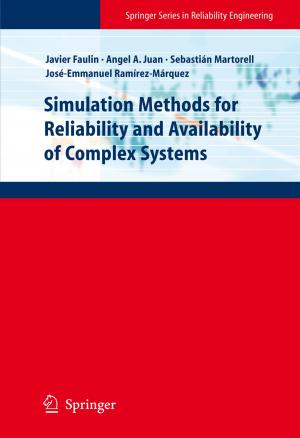Sustainable Indoor Lighting
Nonfiction, Science & Nature, Science, Physics, Energy, Biological Sciences, Environmental Science, Technology| Author: | ISBN: | 9781447166337 | |
| Publisher: | Springer London | Publication: | December 29, 2014 |
| Imprint: | Springer | Language: | English |
| Author: | |
| ISBN: | 9781447166337 |
| Publisher: | Springer London |
| Publication: | December 29, 2014 |
| Imprint: | Springer |
| Language: | English |
Encompassing a thorough survey of the lighting techniques applied to internal illumination characterized by high efficiency, optimized color and architectural integration, a consolidated summary of the latest scientific, technical and architectural research is presented in order to give the reader an overview of the different themes with their interactions and mutual effects.
This book describes light principles, methodologies and realisations for indoor illumination at low consumption. Power efficiency, color characteristics and architectural aspects are analyzed in terms of their practical application, with the interactions between scientific, technological and architectural features considered in order to supply a complete overview, which can be read both at technical level and at user level.
Introducing photometric and radiometric quantities and laws, the book first discusses tests and measurements assessing lighting and color characteristics before examining in detail artificial light sources with particular attention paid to measures to reduce consumption and optimize efficiency.
Key sources are illustrated with producers and suppliers with technical details and use specifications included.
Serving to maximize reader insights into the use of sunlight – considering light transfer, application to indoor illumination and in particular to museum lighting – in the color rendering properties of light sources and the architectural aspects for natural indoor lighting, the final part of this boo collects other related but important elements including architectural issues, environmental integration and the possibility of changing the light color by introducing suitable coatings. The physiological effects of internal illumination quality on user comfort is discussed and several possibilities for energy saving using domotics are outlined.
Encompassing a thorough survey of the lighting techniques applied to internal illumination characterized by high efficiency, optimized color and architectural integration, a consolidated summary of the latest scientific, technical and architectural research is presented in order to give the reader an overview of the different themes with their interactions and mutual effects.
This book describes light principles, methodologies and realisations for indoor illumination at low consumption. Power efficiency, color characteristics and architectural aspects are analyzed in terms of their practical application, with the interactions between scientific, technological and architectural features considered in order to supply a complete overview, which can be read both at technical level and at user level.
Introducing photometric and radiometric quantities and laws, the book first discusses tests and measurements assessing lighting and color characteristics before examining in detail artificial light sources with particular attention paid to measures to reduce consumption and optimize efficiency.
Key sources are illustrated with producers and suppliers with technical details and use specifications included.
Serving to maximize reader insights into the use of sunlight – considering light transfer, application to indoor illumination and in particular to museum lighting – in the color rendering properties of light sources and the architectural aspects for natural indoor lighting, the final part of this boo collects other related but important elements including architectural issues, environmental integration and the possibility of changing the light color by introducing suitable coatings. The physiological effects of internal illumination quality on user comfort is discussed and several possibilities for energy saving using domotics are outlined.
